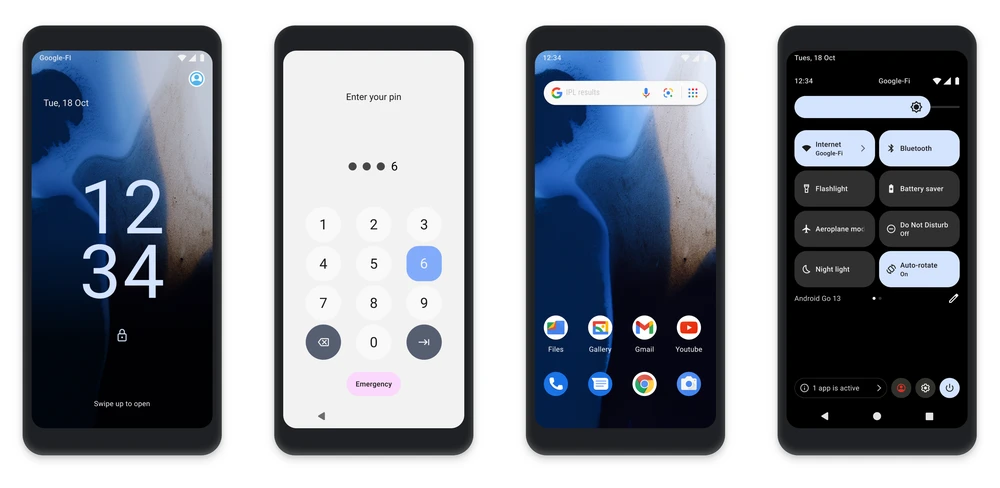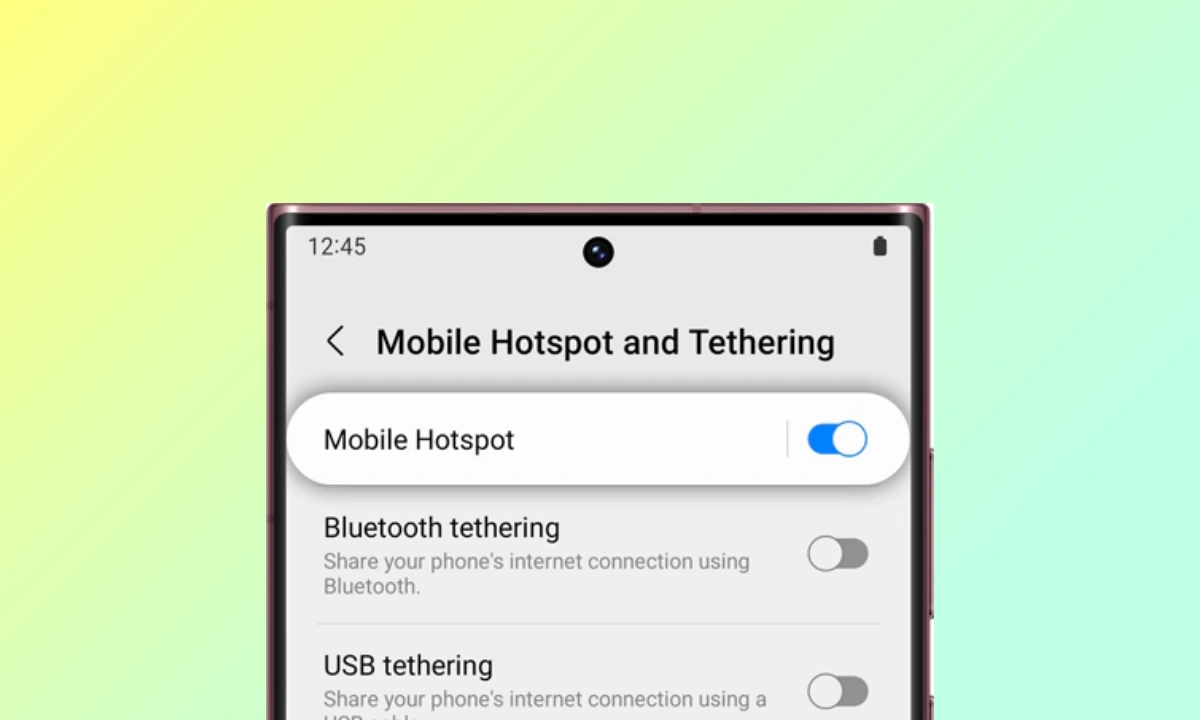Android 13 (Go edition) Is Official With The Material You

Google officially announced the lighter version of Android 13, called ‘Go Edition operating system. It is intended for budget-range smartphones that can count on limited resources (low-powerful OSC, RAM and storage space).
Thus, the Go Edition comes to its sixth edition since the giant of Mountain View launched the first version five years ago with Android 8.1 Oreo (Go Edition).
The development team announced the release of Android 13 (Go edition), which is based (of course) on the most recent version of the Android operating system, ten months after the announcement of Android 12 (Go Edition) and nearly five years after the introduction of the first lightened version of the Android operating system.
What’s new in Android 13 (Go Edition)
As anticipated, the key principles on which Google has developed Android 13 (Go edition) are reliability, usability and customization. That’s why.
- Direct software updates (reliability)
For the first time on a Go version of Android, Google introduces Google Play system updates, thus ensuring that devices can regularly receive important software updates, outside of operating system updates. This tool, which will make the delivery of critical updates faster and easier, without compromising the remaining storage space on the device, will provide users with a smartphone that is always updated over time, without the need to wait for the next Android release or a software update from the manufacturer to receive the news, both in terms of functionality and in terms of security. - Built-in intelligence and new features inherited from Android 13 (usability)
Android (Go edition) has built-in intelligence that helps you get more out of your phone. New in the newest version include the Discover feature, which allows users to scroll directly from the home screen to see a curated list of articles and other content, and some of the key features of Android 13, such as notifications permissions, language preferences for each app, and more.
- The Material You is served (personalization)
With Android 13 (Go Edition) the Material You, the design concept developed by Google in evolution of the previous Material Design and introduced with Android 12, also comes for the first time on cheap smartphones. Users will be able to customize the entire color scheme of the smartphone to coordinate it with the background, with four color combinations extracted from it to choose from. The color scheme, then, pervades all parts of the operating system, like the ‘non-Go’ versions of Android 12 and 13.

According to what Google stated, the goal to be achieved with the new Go edition is very simple: to provide more possibilities to current and future owners of an Android Go smartphone. The first new smartphones with Android 13 (Go edition) are expected to make their market debut in 2023.



